‘Almost Everybody Has It’: Covid Has Surged In California and is Nearing Two-Year Summer High
California is experiencing a significant surge in COVID-19 cases, with levels in wastewater reaching heights not seen since the summer of 2022.
Dr. Elizabeth Hudson of Kaiser Permanente Southern California describes the situation as a “definite, definite surge.” This rise is evident in outpatient treatments, though hospitalizations remain relatively low at this point.
Wastewater Data Signals Widespread COVID-19 Spread
Recent data indicates that COVID-19 levels in California’s wastewater are climbing.
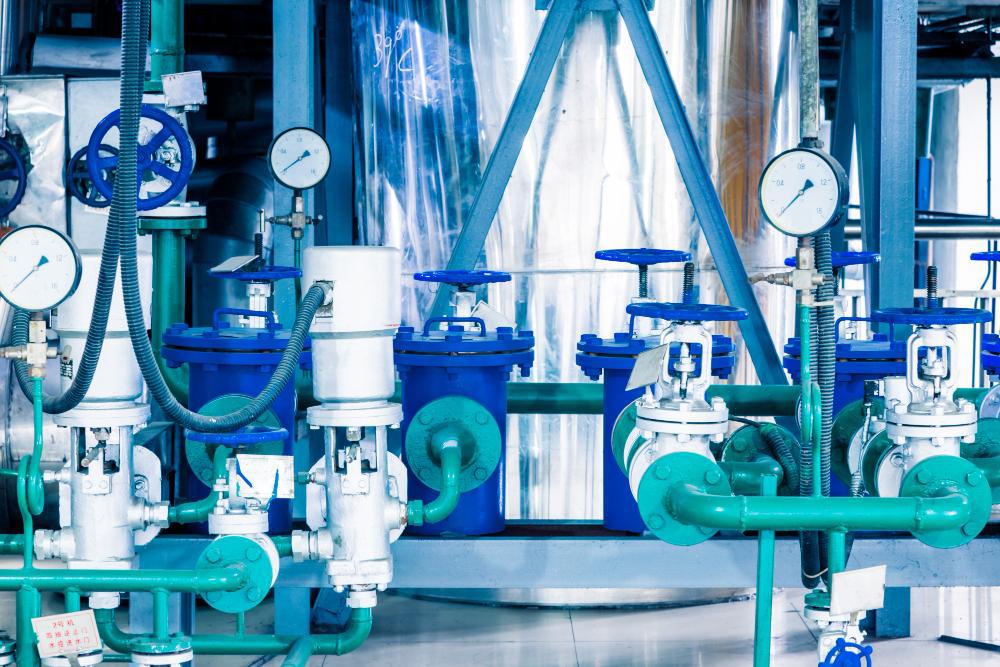
Source: Freepik
The U.S. Centers for Disease Control and Prevention (CDC) reports that these levels have been “very high” for three consecutive weeks, with 37 states, including California, showing “high” or “very high” coronavirus levels.
FLiRT Variants Fueling the Surge
The current surge is primarily driven by the FLiRT variants, particularly the KP.3.1.1 strain. This strain accounted for 17.7% of coronavirus samples nationwide for the two-week period ending July 20.
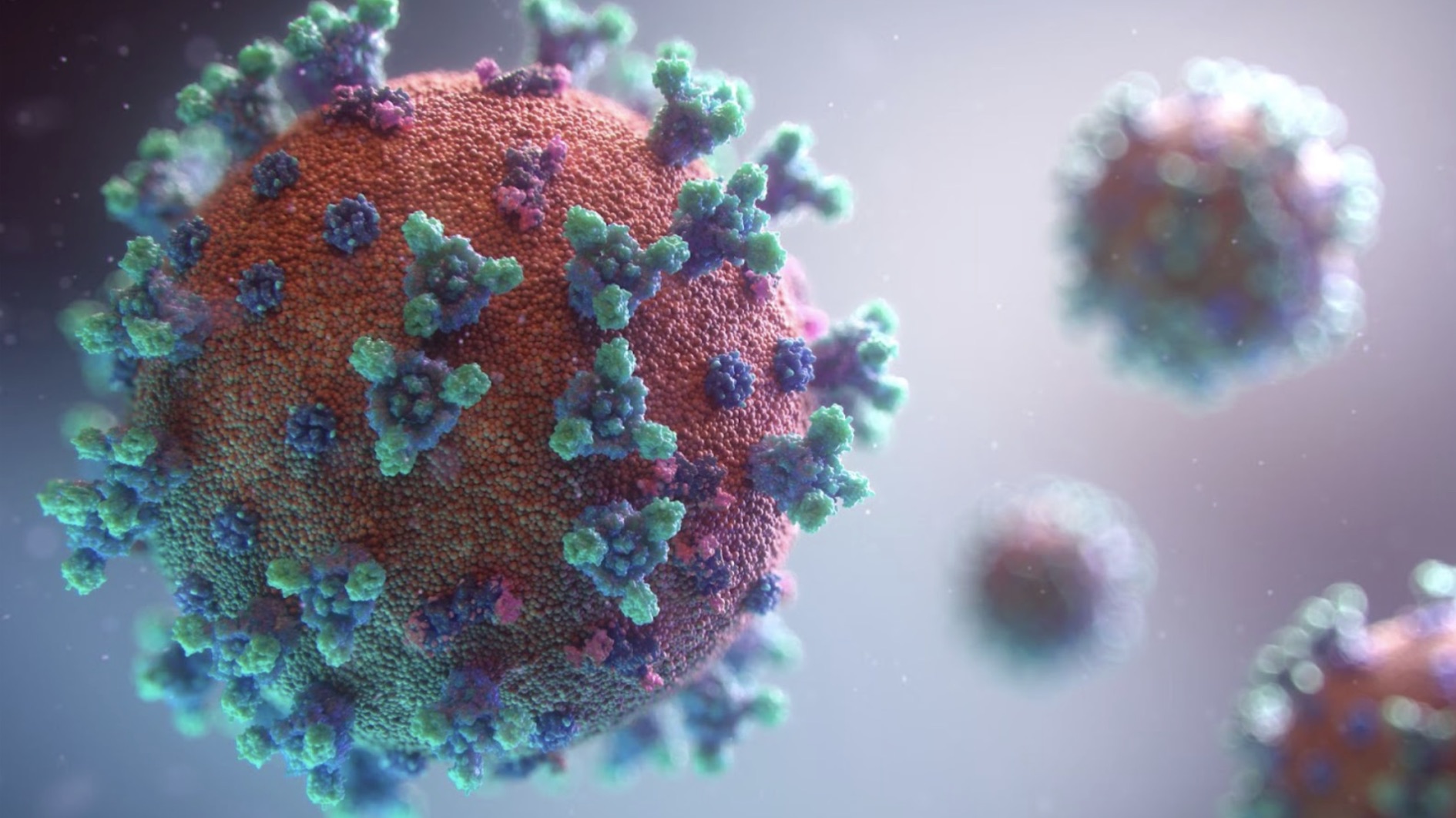
Source: Fusion Medical Animation/Unsplash
Dr. Hudson notes that this variant has quickly become dominant, contributing to the rising case numbers.
High COVID-19 Levels Across California
Regions throughout California, including Los Angeles, San José, and Palo Alto, report high coronavirus levels in sewage.
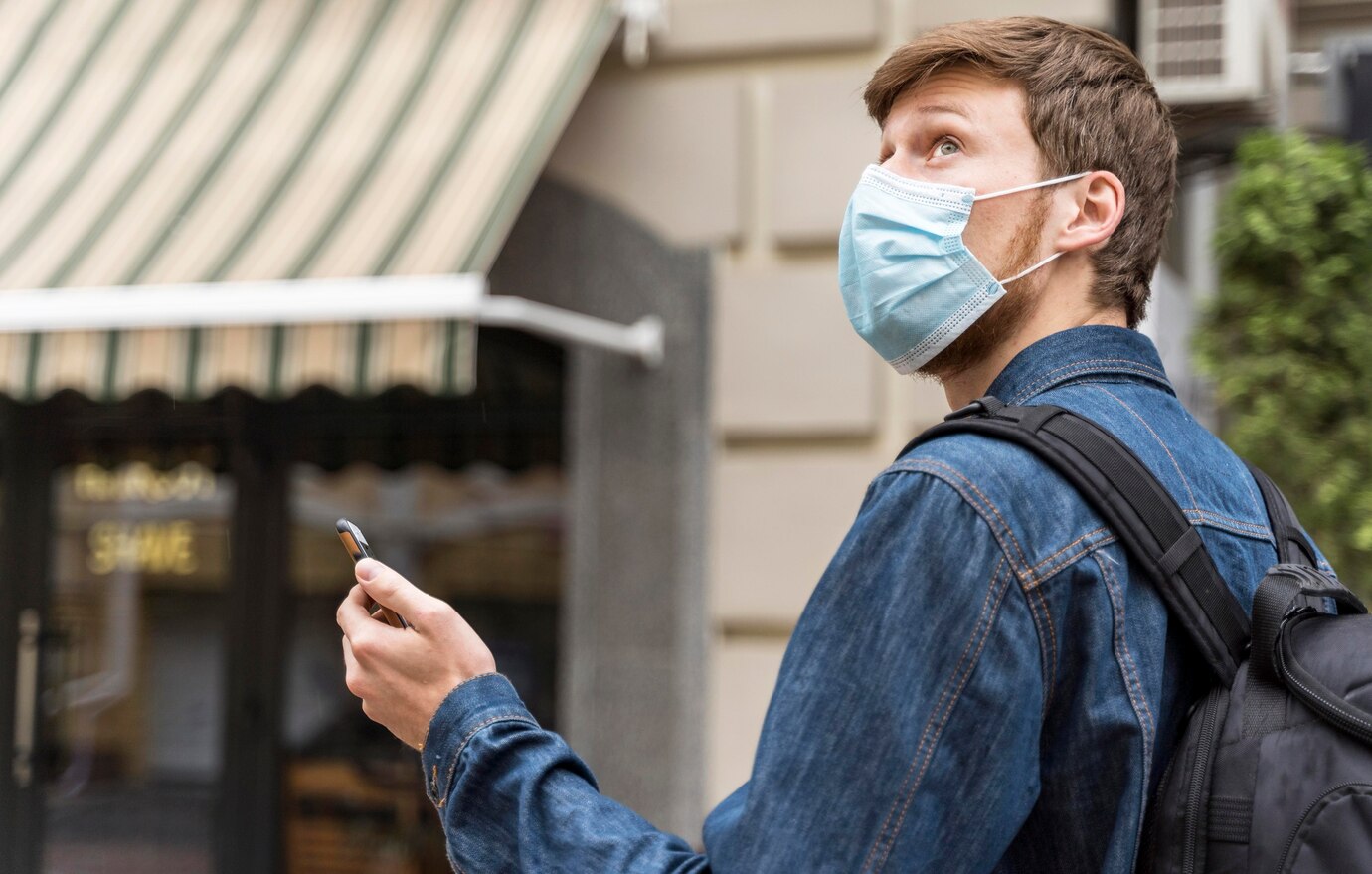
Source: Freepik
Fresno County health officials confirm similar trends in the San Joaquin Valley, indicating a widespread issue across the state.
Test Positivity Rates Exceed Last Summer's Peak
For the seven-day period ending July 22, 13.8% of COVID-19 tests in California came back positive.
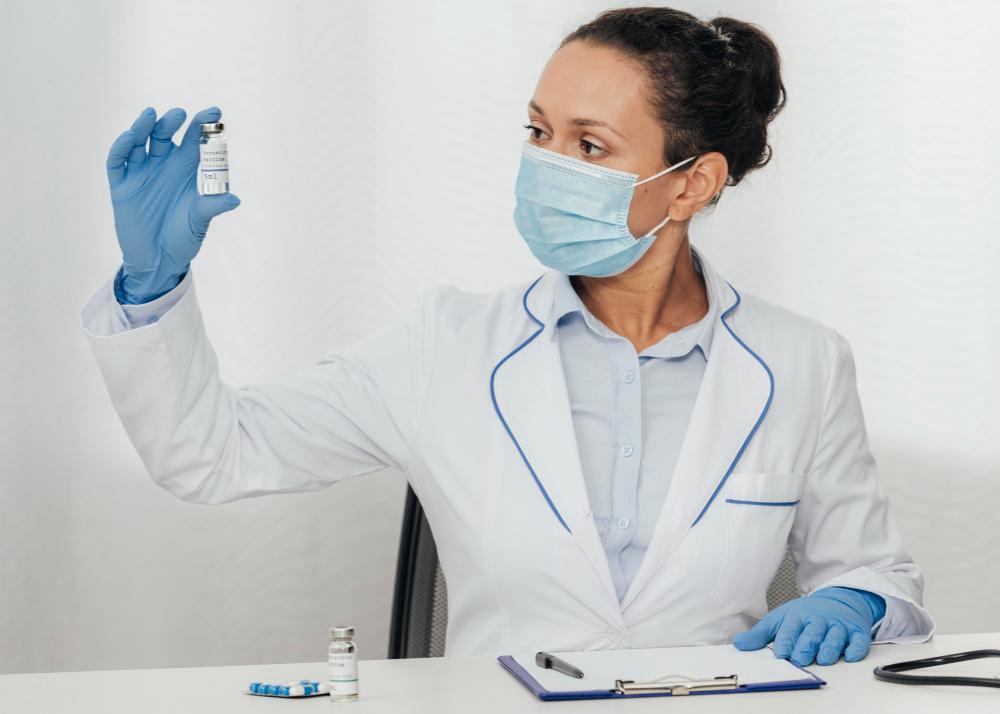
Source: Wikimedia
This rate surpasses last summer’s peak of 13.1%, suggesting a more extensive spread of the virus compared to previous years.
COVID-19 at Public Events
Anecdotal reports highlight that many people are contracting COVID-19 from public events such as weddings, work meetings, and flights.

Source: Freepik
These gatherings have become hotspots for the virus, resulting in symptoms that can be more severe than earlier infections for some individuals.
Impact on Hospitalizations
Despite the surge in cases, hospitalizations have not spiked significantly. In Los Angeles County, the average number of COVID-19-positive patients in hospitals was 286 for the week ending July 20, remaining stable compared to the previous week.
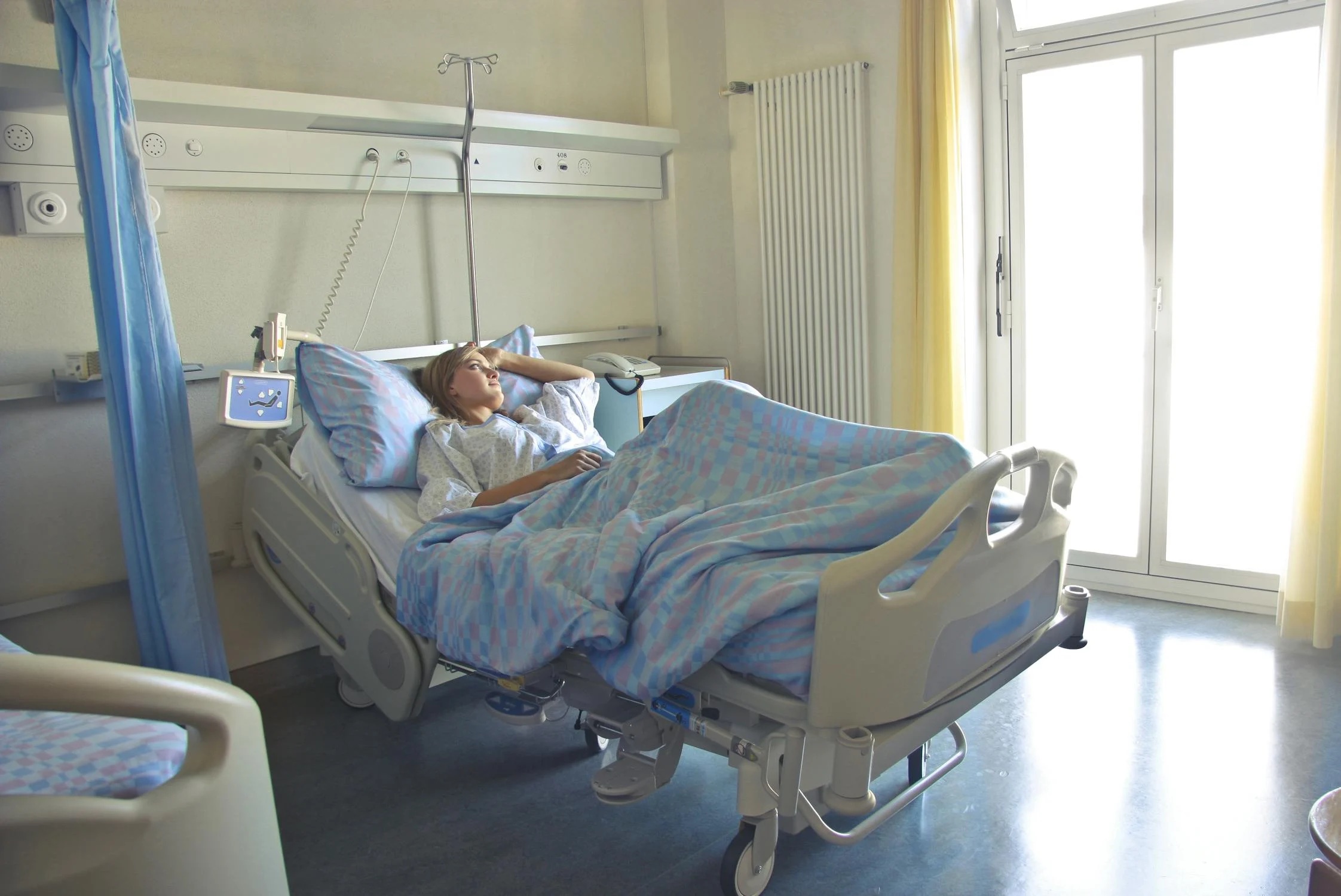
Source: Andrea Piacquadio/Pexels
This is considerably lower than the peaks seen in previous summers.
The Role of Antiviral Treatments
The availability of antiviral treatments like Paxlovid may be helping to keep hospitalization rates low.

Source: Alexander Grey/Unsplash
These treatments are widely accessible and have proven effective in preventing severe illness, particularly among at-risk populations.
CDC Recommendations for Vaccinations
The CDC advises that everyone aged 6 months and older receive an updated COVID-19 vaccination. Those aged 65 and older should have received a second dose four months after their first.

Source: Misha Friedman/Getty Images
Immunocompromised individuals may need additional doses to ensure adequate protection against the virus.
Precautions and Testing
Dr. Hudson emphasizes the importance of testing for COVID-19 if symptoms arise, even if initial tests are negative.
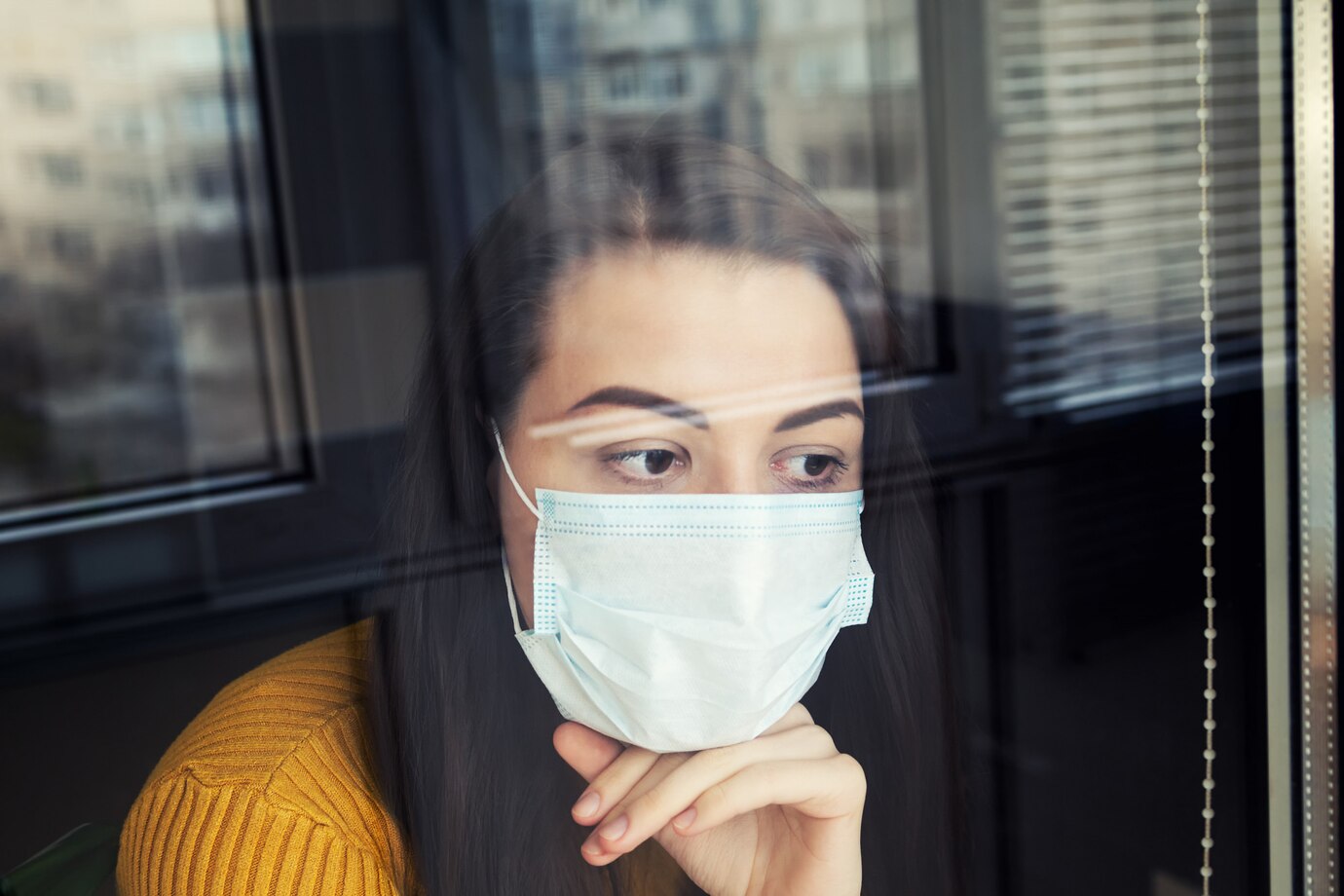
Source: devmaryna, Freepik
She recommends repeated testing up to five days after the onset of symptoms to prevent unknowingly spreading the virus to others.
COVID-19 Protocols in Los Angeles
The Los Angeles County Department of Public Health suggests that infected individuals remain isolated until they receive a negative test result.
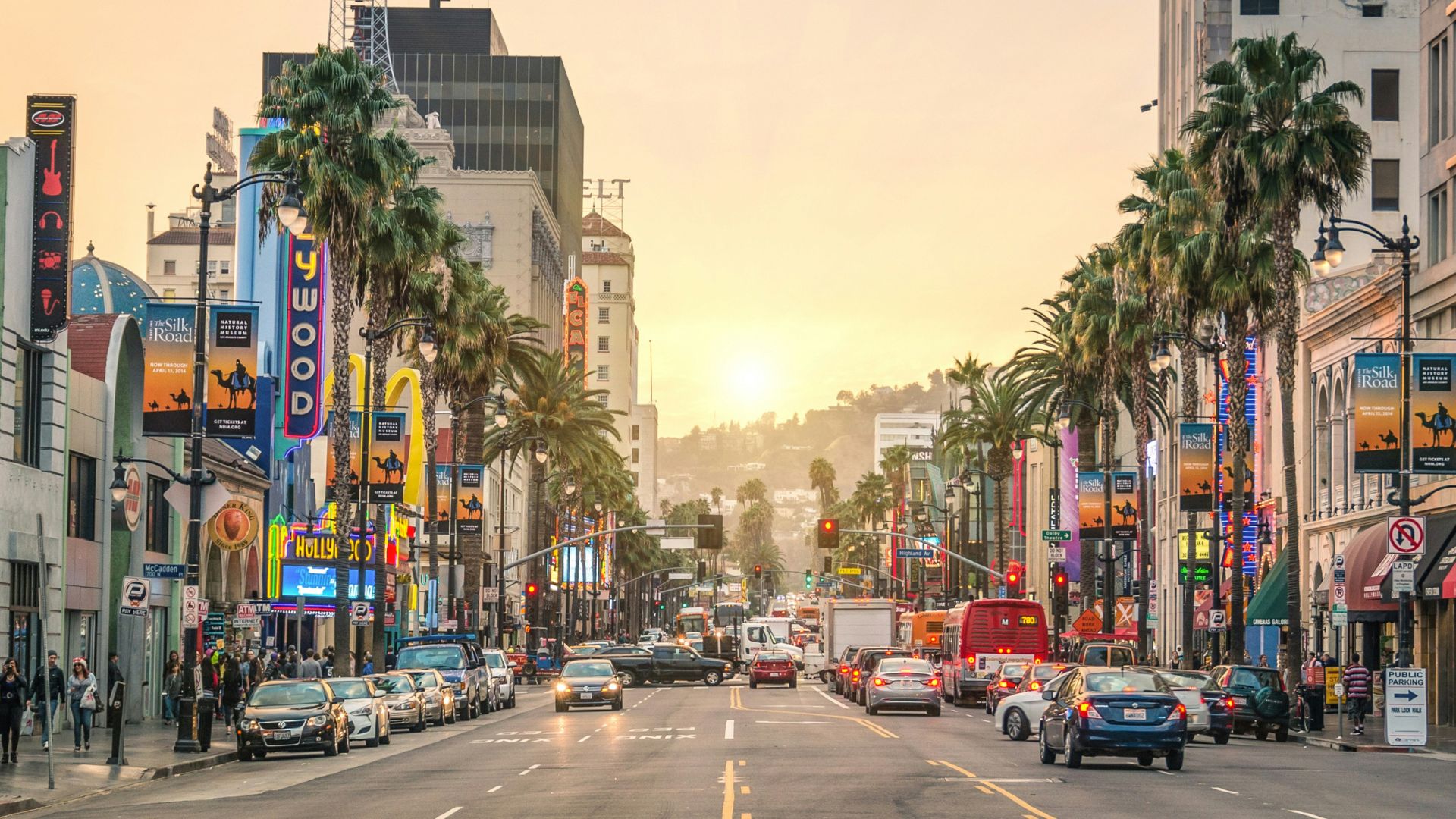
Source: Lala Miklós/Unsplash
The agency also recommends wearing masks around others for 10 days after symptoms begin or after a positive test, with additional precautions for those in contact with high-risk individuals.
Long COVID-19 Concerns
The risk of long COVID-19 remains a significant concern despite vaccinations.
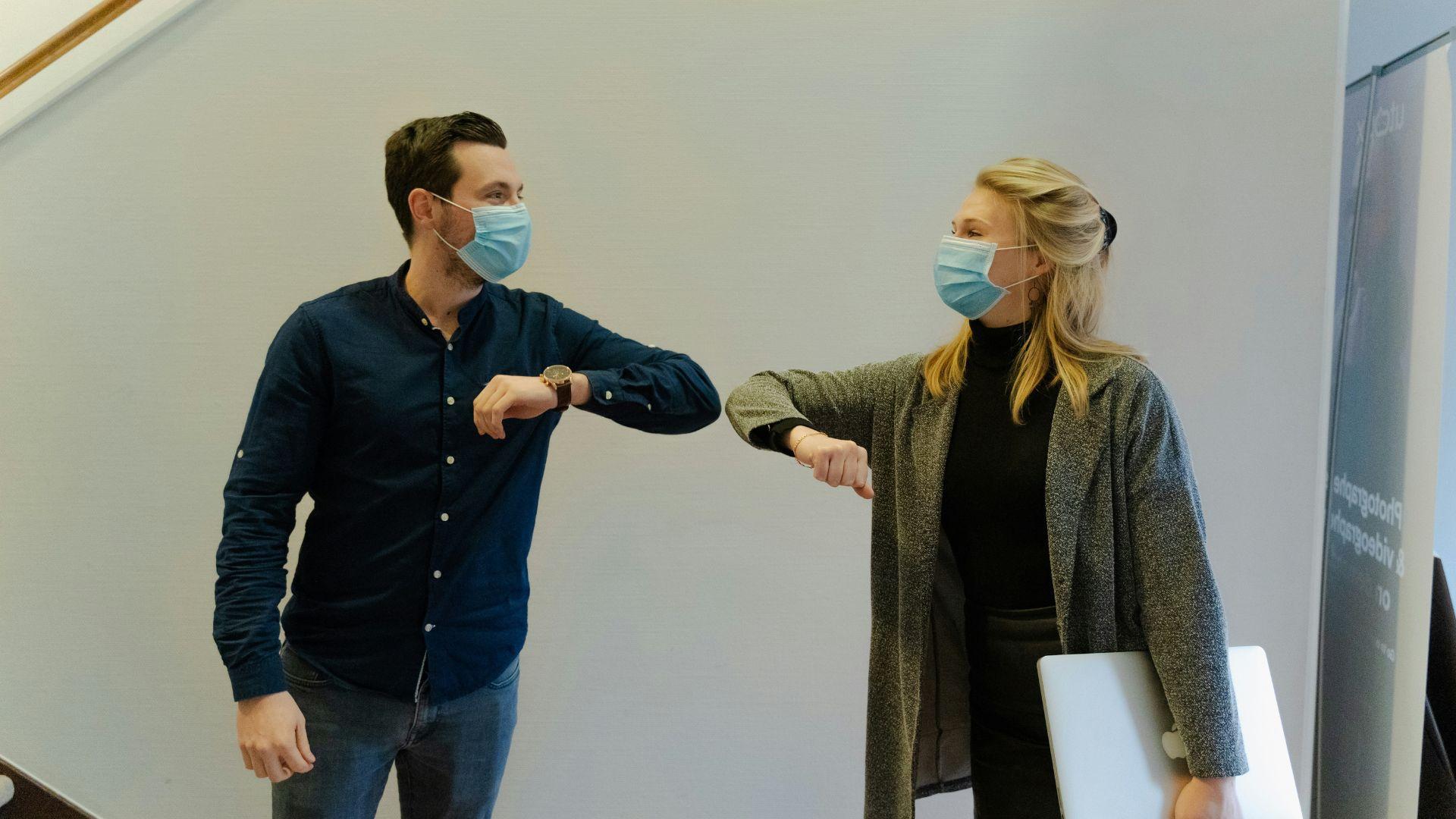
Source: Maxime/Unsplash
Dr. Hudson warns that each new infection carries the potential for enduring symptoms, conveying the importance of continued precautions and vaccinations to prevent long-term health issues.
